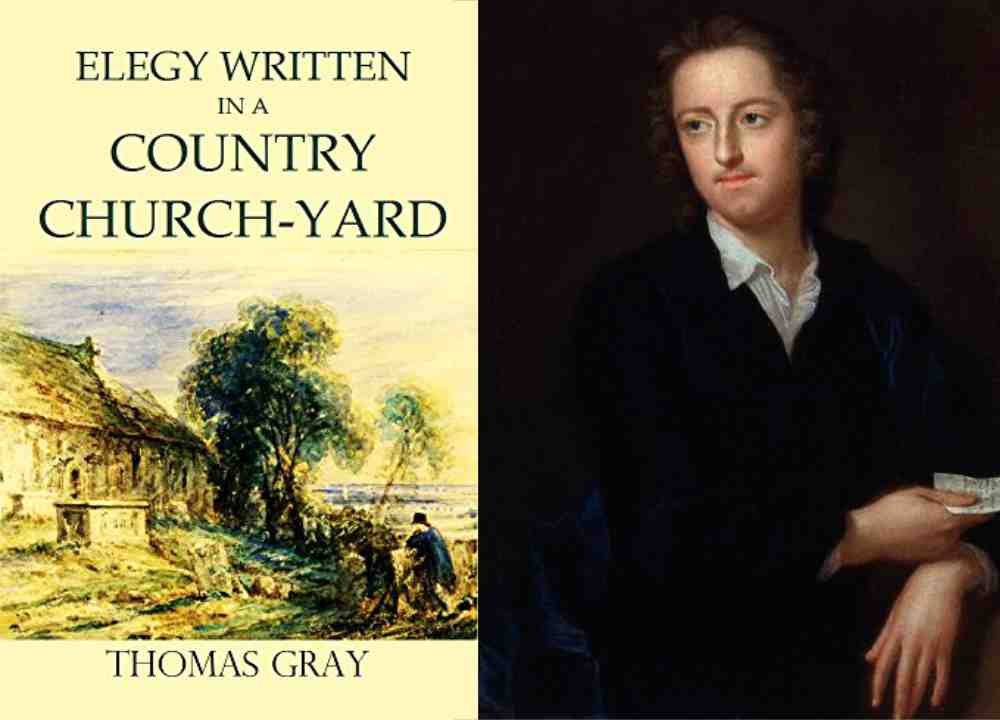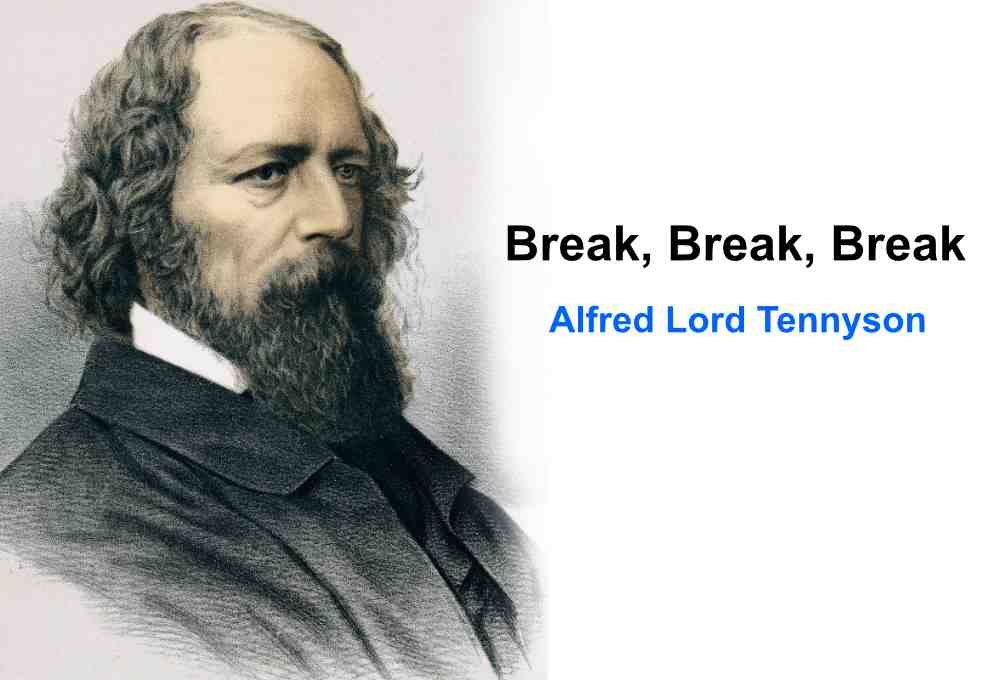It was John Donne, the renowned metaphysical poet who wrote the poem The Good-Morrow. It was first published posthumously in Donne’s collection Songs and Sonnets (1633). It is regarded as one of his first poems
- The Good-Morrow is a description of a perfect relationship in which the speaker of the poem as well as his lover exist
- The speaker considers love as a profound experience that is almost similar to a religious epiphany
- In fact, the poet wants to say that the erotic love is capable of producing the same effects that religion can
- It is the great effect of love on the speaker that: (a) his soul awakens through it (b) he, due to it, abandoned the outside world, moreover (c) he also finds immortality in love
The Good Morrow Summary
Table of Contents
The Good-Morrow by John Donne begins with its speaker noting how his life as well as that of his lover did not actually begin until the two persons met. Up until they came together they were similar to children suckling from the breasts of their mothers.
The speaker knows it quite well that all those earlier pleasures or happiness he has been fake or false. That is why his present love is the sole real actual thing he has ever experienced.
The speaker of the poem The Good-Morrow (in the next stanza) mentions how there is no other way or option for this love (the love of the speaker and his lover) to fail as it controls all things he sees. Moreover, it drives his whole life. So, the speaker finds no reason to desire anything outside their small bedroom.
The speaker, at the end of The Good Morrow, says that
- Their love is balanced similar to a strong or healthy body
- Their emotional, as well as physical states of them, are connected so deeply that nothing can/will go wrong
The Good-Morrow Form and Structure
The Good-Morrow by John Donne is made of 21 lines that is divided into three sets of seven lines conforming to a rhyme pattern of ababccc. The aforementioned one is a unique pattern of rhyme scheme. It is only made more interesting by introducing the varying pattern of the meter.
As far as the lines of The Good-Morrow, in terms of meter, are concerned; most of them contain ten syllables. But, the last line of each stanza contains twelve syllables.
Perhaps, the poet introduced this variation for maintaining the engagement of the readers not only with the narrative but also with the text itself.
One more interesting and noteworthy thing about the poem The Good Morrow is the division of its stanzas. They are divided into seven lines. The poet, through the early four lines of each stanza, provides some information about the love of the speaker.
Whereas the last three lines of each stanza reflect more deeply on the topic as well as give a reply to a previously posed question.
u003cstrongu003eQues:u003c/strongu003e When did John write u003cemu003eThe Good-Morrowu003c/emu003e ?
u003cstrongu003eAns:u003cemu003e u003c/emu003eu003c/strongu003eJohn Donne wrote u003cemu003eThe Good-Morrow u003c/emu003elikely in the 1590s.
u003cstrongu003eQues:u003c/strongu003e What are the themes of u003cemu003eThe Good-Morrowu003c/emu003e by John Donne ?
u003cstrongu003eAns:u003c/strongu003e u003cstrongu003e(I)u003c/strongu003e love as an awakening, and u003cstrongu003e(II)u003c/strongu003e exploration, as well as adventure, are the themes of u003cemu003eThe Good-Morrowu003c/emu003e.
u003cstrongu003eQues:u003c/strongu003e What is the metaphorical meaning of u003cemu003eThe Good-Morrowu003c/emu003e ?
u003cstrongu003eAns:u003c/strongu003e Everything that has happened earlier in the life of the speaker is now behind them. So, he says that they are ready for embracing their fresh love; it is more like embracing a new day u0022Good Morrowu0022.
u003cstrongu003eQues:u003c/strongu003e What poetic devices does John Donne use in his poem u003cemu003eThe Good-Morrowu003c/emu003e ?
u003cstrongu003eAns:u003c/strongu003e John Donne uses many poetic devices in u003cemu003eThe Good-Morrowu003c/emu003e. Some of them are:u003cbru003eAlliteration u003cbru003eAssonanceu003cbru003eAllusionu003cbru003eHyperboleu003cbru003eMetaphoru003cbru003eRhetorical Question





